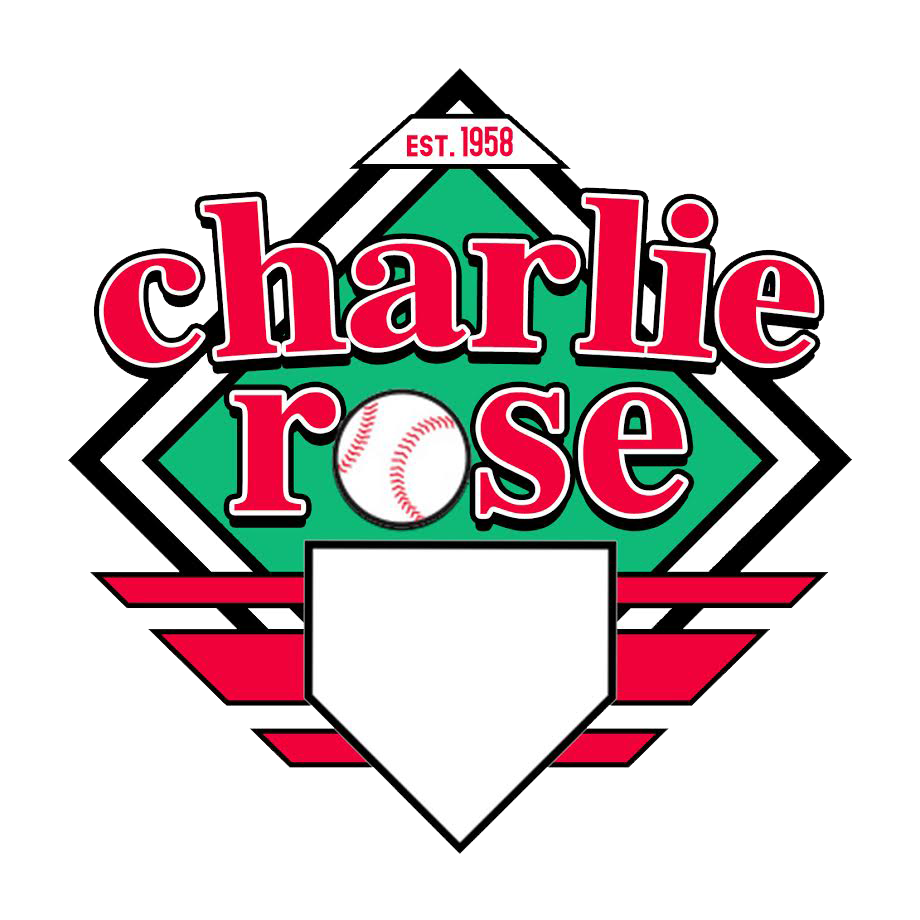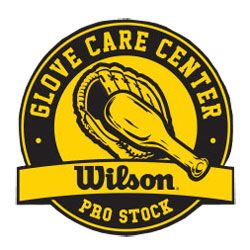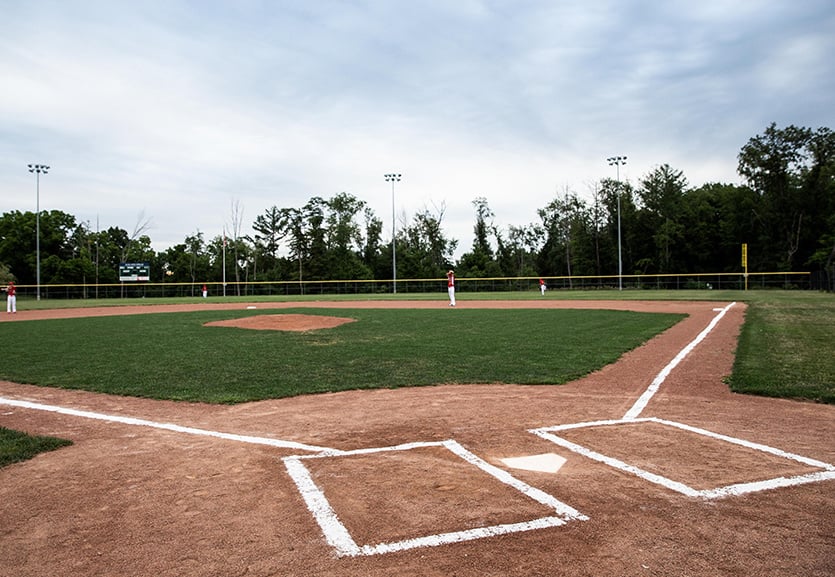Baseball and softball infield maintenance can literally be a drag, but it’s worth the effort. Commit to regular care, and you will be rewarded with a smooth, playable infield surface throughout the season.
What are the best methods for keeping the infield in peak condition? For expert insights on the proper techniques, Pro Tips spoke to Rebecca Auchter, grounds manager for Cranberry Township, Pa. Cranberry is home to the DICK’S Sporting Goods Sportsplex, a 115-acre youth sports complex with five pristine baseball and softball fields. Auchter, a 20-year veteran of grounds management and a certified sports field manager, oversees the care of these fields.
She shared the two key techniques for infield maintenance she uses: leveling and grooming.
Keep in mind that these tips apply to the “skinned” areas of the infield surface — the all-dirt areas where no grass is present.
LEVELING
It all starts with regular leveling. It may be tempting to simply grab a drag mat, groom the field and call it a day, but this will only improve how the field looks — not how it performs.
“The most common mistake I see from inexperienced and/or volunteer field managers is to drag a steel mat around and around in circles without leveling uneven areas first,” Auchter says. “The only way an infield skin will perform optimally is to level the high and low areas so water has an uninterrupted path out via a smooth surface.”
How often should the infield be leveled? According to Auchter, leveling should be done after every use. As soon as play is finished, scan the infield for uneven areas. For smaller areas, you can typically use a leveling rake. Level the area by raking the material from a high spot and depositing it into the low spot. If the infield mix is dry, wet the newly leveled area and tamp it down to help keep it in place.
Bigger jobs may require the use of a leveling attachment for your tractor or riding mower. Before using a leveling attachment, use a nail drag or needle tines to loosen the infield material. When leveling, make wide sweeping turns in several directions over your target area. Again, if the infield is dry, water the area and tamp it down to help keep the freshly leveled infield mix in place.
GROOMING
Grooming prepares the field surface for play, providing a smooth, finished look. Remember, grooming should only be done after you have finished leveling.
Auchter suggests following these steps for the best grooming results:
- Remove all bases and fill each hole with a rubber plug or similar product.
- Use a nail drag to “scarify” the field, which helps break up hard and compacted material on the infield.
- After scarifying the field, finish grooming the field with a drag mat or broom.
- When you are a few feet from the outfield grass, lift the drag and shake off any excess field mix. Then, hand rake the edges to prevent lip build-up.
- Use a rake to smooth out the pile left by the drag.
- Use a hand rake to groom the base paths, home plate area and the back radius of the infield.
Keep the following tips in mind when grooming:
- You should start and finish grooming at different spots in the infield each time. If you begin in the same spot every time, you could remove too much dirt from that area. Likewise, if you stop at the same spot every time, you could leave a buildup of dirt in that area. Both can leave you with an uneven playing surface, so make sure you change up your routine.
- Change up the direction in which you groom. This can help prevent uneven spots from forming.
- Maintain a steady pace. Going too fast can cause the drag to bounce and leave uneven dirt deposits throughout the infield.
“Improper grooming techniques lead to lips at the grass transition — high and low spots that trap water, and ultimately unpredictable ball roll that can frustrate or [possibly] injure players,” Auchter says.
Finally, here are some things you should absolutely avoid when grooming the infield:
- Do not use a grooming tool on any grass surfaces.
- Do not use a drag mat within two feet of the grass edge. Getting any closer can cause lips to form.
- Do not use a drag mat around home plate.
- Do not try to drag the base paths if there is grass on the infield. Instead, use a hand rake, raking parallel to the grass.
OFFSEASON UPKEEP
If you live in an area with cold winters, you may wonder what you should do with the infield surface during the offseason.
“When fields are not in use, it is best to level, roll the surface and leave it alone,” Auchter says. “Loosening the top material by grooming creates a situation where rain and wind can more easily displace the infield mix.”
With these field maintenance tips, you’ll have your field performing and looking its best all season.




Thanks for explaining the difference between leveling and grooming. My brother in law offered to help maintain the local community softball field. I will be sure to share this info with him so he can get the right skills and equipment for the job. https://www.handozer.com/
You made an interesting point when you talked about how it is important to commit to regular baseball field care. In addition to that, I would think that it would be a good idea to keep the bleachers at a baseball field clean. That way people can have a clean place to sit while watching games. https://outdooraluminum.com/products/benches/
Thank you for explaining how to keep the infield maintained. My friend has been wondering what she can do to keep her softball field looking new. I'll be sure to mention this to her so that she can either find someone to do it or try it out herself. https://www.tropicalawns.com.au/sports-field-maintenance